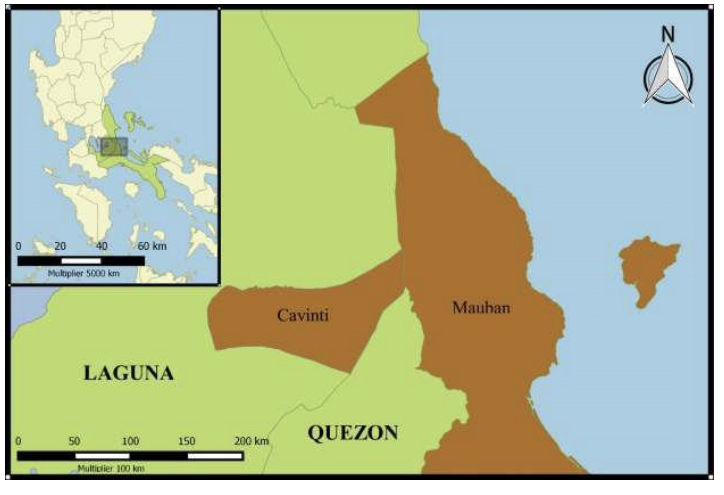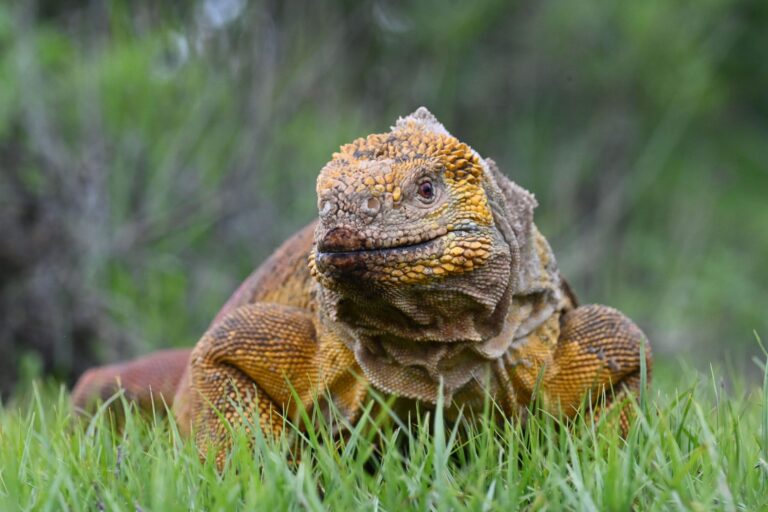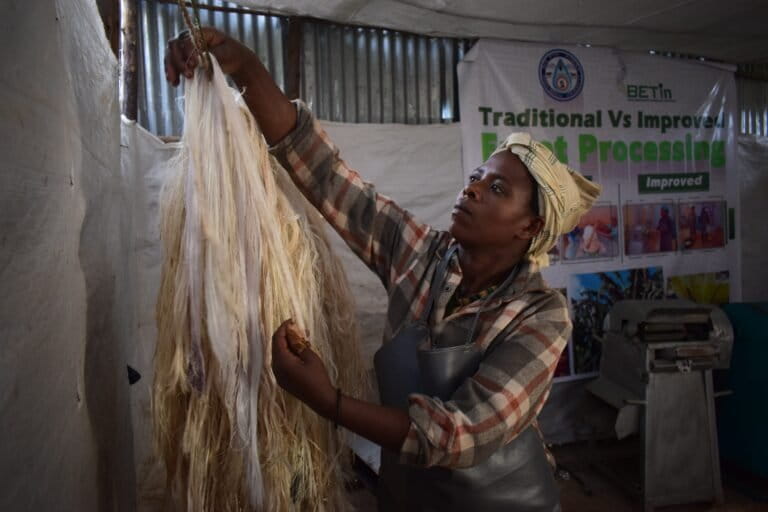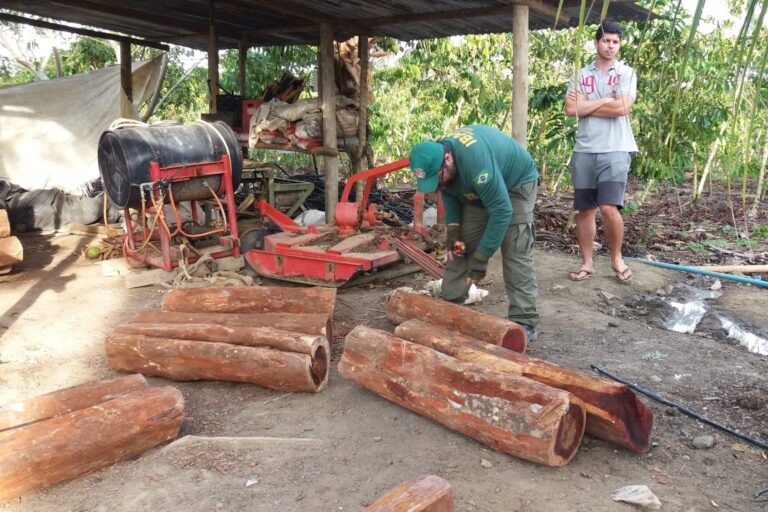- A father-and-daughter pair of Philippine scientists have described three new species of jumping spiders in the country after carefully examining the arachnids’ reproductive organs.
- The new spiders belong to the genus Lepidemathis that’s only found in the Philippines; the new arrivals raise the number of Lepidemathis species from four to seven.
- The spiders were found in three separate provinces on the main island of Luzon in 2014; arachnologist Aimee Lynn Barrion-Dupo and her father, entomologist Albert Barrion, spent the following years trying to differentiate the species from other jumping spiders.
- Male jumping spiders are known for their well-choreographed courtship dance, and it’s possible these new species have a unique song and dance number too, the researchers say.
MANILA — It took a closer look at the male jumping spiders’ reproductive organ – the shape of it, to be precise — for two Filipino scientists to declare three new species in the Philippines.
The father-and-daughter team of Alberto Barrion, an entomologist, and Aimee Lynn Barrion-Dupo, an arachnologist, described the three new species from the main island of Luzon and published their findings in the Philippine Journal of Systematic Biology.
The new species belong to the genus Lepidemathis; before the publication of their paper, there were only four known species from the genus, all of them found only in the Philippines. Though these spiders are common in agricultural and natural ecosystems, only a few people study them, researchers say.

The Barrions found each of the three spiders — Lepidemathis cavinti, Lepidemathis dogmai and Lepidemathis lipa — in three different provinces in southern Luzon in 2014 through the animal biodiversity survey program of the University of the Philippines Los Baños’ Museum of Natural History. During the survey, they collected samples of jumping spiders from Cavinti in Laguna province, and the overlapping areas of Mauban in Quezon province.
Back in their laboratory, they compared the spiders they collected and realized that the male reproductive organs of some differed from already described species. It was then that they realized the spiders they’d collected might be new species.
“Much of the uniqueness of these spiders are due to differences in their reproductive organs,” Barrion-Dupo said. It took a couple more years of thorough examination and comparison before they could announce with certainty that the three are new species of jumping spider.
L. cavinti, which has a brownish-orange carapace, was found in a forest in Cavinti in Laguna, 112 kilometers (70 miles) south of Manila. Unlike other Lepidemathis species, L. cavinti has a “more pronounced and robust” tibia or part of the leg.

L. dogmai was seen from a boulder in a dry riverbank in Mauban in Quezon province and named after Filipino microbiologist Irineo Dogma Jr. The spider is mostly dark reddish-brown in color and its embolus, the part of the male reproductive organ that releases the sperm, has a peculiar triangular pointed shape.
The last spider, L. lipa, was discovered from a cacao orchard close to a grove of bamboo and Gmelina trees in Lipa City in Batangas province, also in southern Luzon. The species is blackish-brown with dark reddish-brown legs, and, like L. dogmai, also has a unique male reproductive organ.
“Jumping spiders are arthropods that do not make the typical orb webs we know most spiders make,” Barrion-Dupo told Mongabay. “They’re hunting spiders that have very good eyesight.”
Jumping spiders belong to the Salticidae family, the largest and most diverse family of spiders, with more than 6,000 known species. They’re best known for their courtship dance, which includes them raising their longer front pair of legs to attract a bigger female. It’s a death-defying dance: if they fail to attract their female, these males can become the ladies’ next meal.

“As with other jumping spiders, these species probably have their own well-choreographed courtship dance to impress the ladies,” Barrion-Dupo said. “Hopefully, we would get around to documenting their biology too.”
Barrion-Dupo comes from a family who adores spiders; her mother, the late spider geneticist Adelina Barrion, was prolific in the study of these arachnids in the country. Barrion-Dupo teaches at UPLB and is the museum’s curator for spiders and moths. Her father, who teaches at De La Salle University in Manila, is the museum’s curator for spiders, parasitic wasps and rice arthropods.
“Sorting collected materials can be likened to mining for treasures,” Barrion-Dupo said. “There is always a sense of excitement when you know something in the batch of spiders you’re looking at does not look like anything else that has been described.”
But there’s little appreciation and support in the Philippines for basic sciences, she said. The pair plan to soon create a pictorial guide on Philippine spiders to bring these arachnids to a bigger audience.

There is a growing demand for scientists like them to explore the country’s rich biodiversity, especially since climate change is impacting insect population s, Barrion-Dupo said. “Contributing to our national biodiversity inventories are also vital in monitoring the effects of climate change — it’s always a race to document species before they go extinct.”
“Basic sciences like taxonomy is critical in the improvement of our understanding of the natural world,” she said. “The more we know about what we have, the better the policies we can make in protecting their existence and the ecosystem services they provide to us.”
Citation:
Barrion-Dupo, A. L. A., & Barrion, A. T. (2020). Three new species of Lepidemathis Simon, 1903 (Araneae: Salticidae) from the Philippines. Philippine Journal of Systematic Biology, 13(2), 66-77. doi:10.26757/pjsb2019b13009
Related stories:
Banner image of the Lepidemathis dogmai, a new jumping spider species in the Philippines that’s been differentiated by its triangularly shaped reproductive organ. Image courtesy of Barrion-Dupo and Barrion’s study.
FEEDBACK: Use this form to send a message to the author of this post. If you want to post a public comment, you can do that at the bottom of the page.














